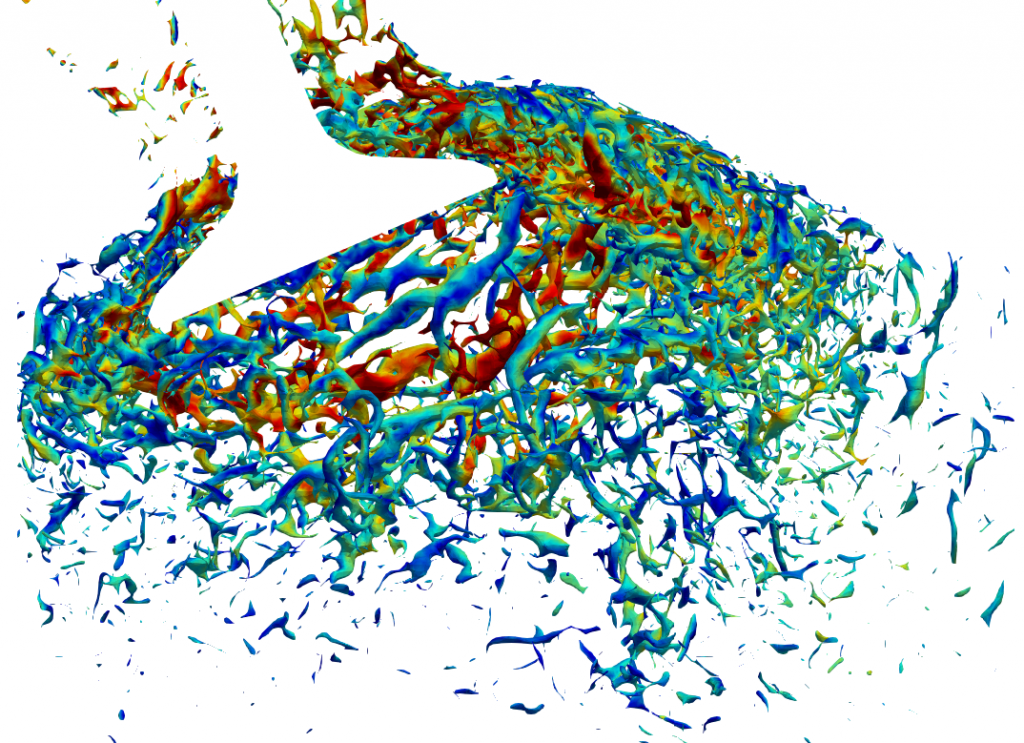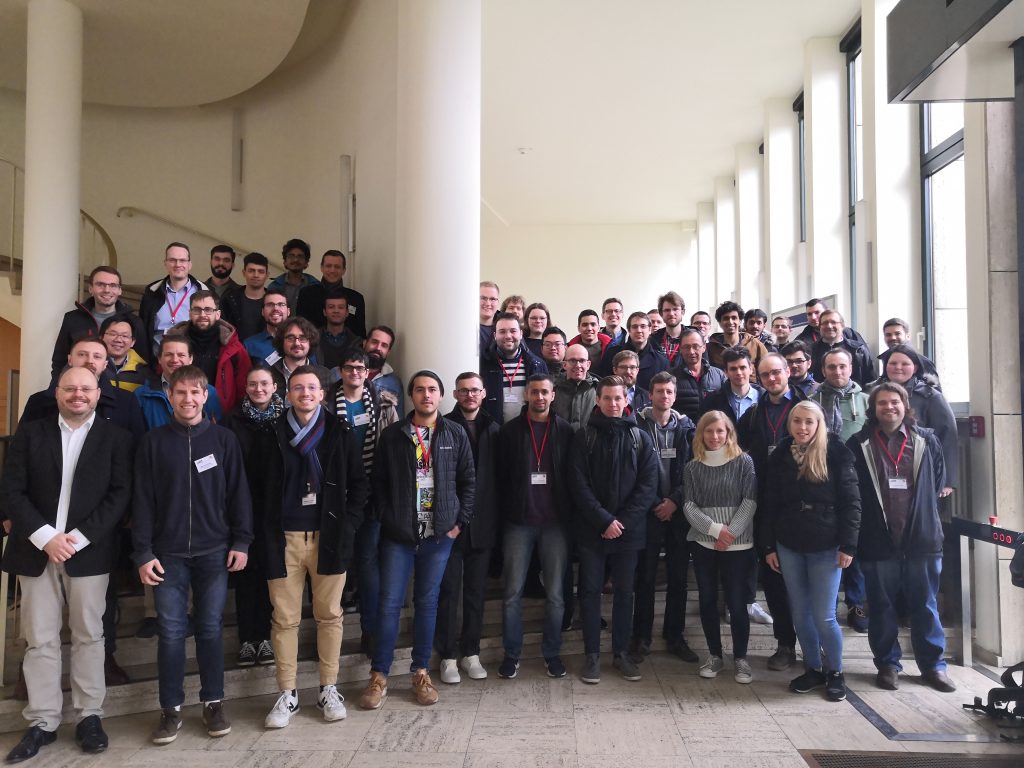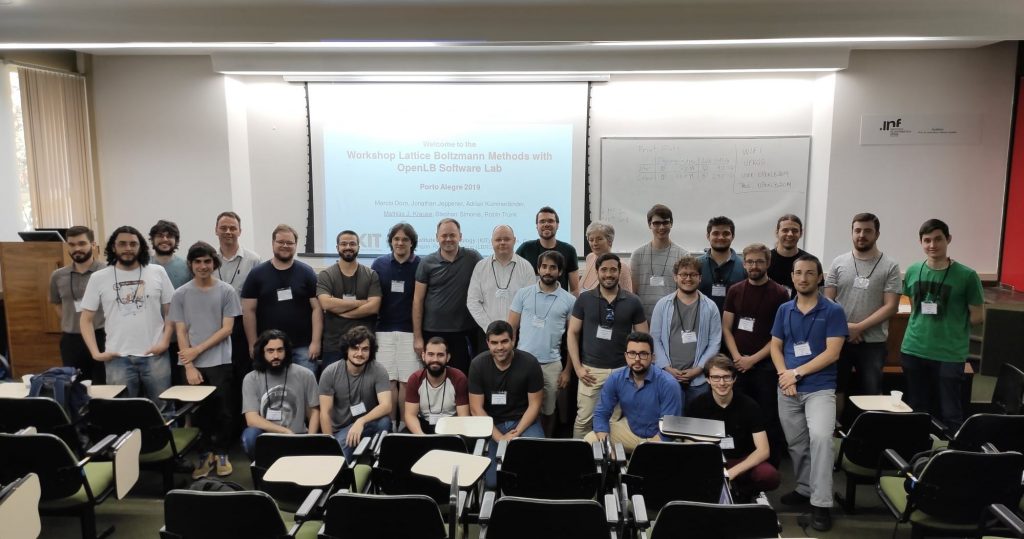We have just released a new video on our OpenLB YouTube Channel.
The OpenLBee showcase illustrates a bee at a realistic Reynolds number in its landing approach. The bee was placed in a rectangular flow domain. The flow is driven by a velocity inlet and a pressure outlet boundary condition, while for the other plane of the box a symmetry conditions is set. An LES-LBM turbulence scheme is used and a wall model is applied to deal with the boundary layer separation of the thin wings in an efficient way. For the visualization Blender was used.
For further information please view the dedicated Show Case: OpenLBee
Data and Simulation: Jonathan Jeppener-Haltenhoff
Visualization: Daniel Krug





